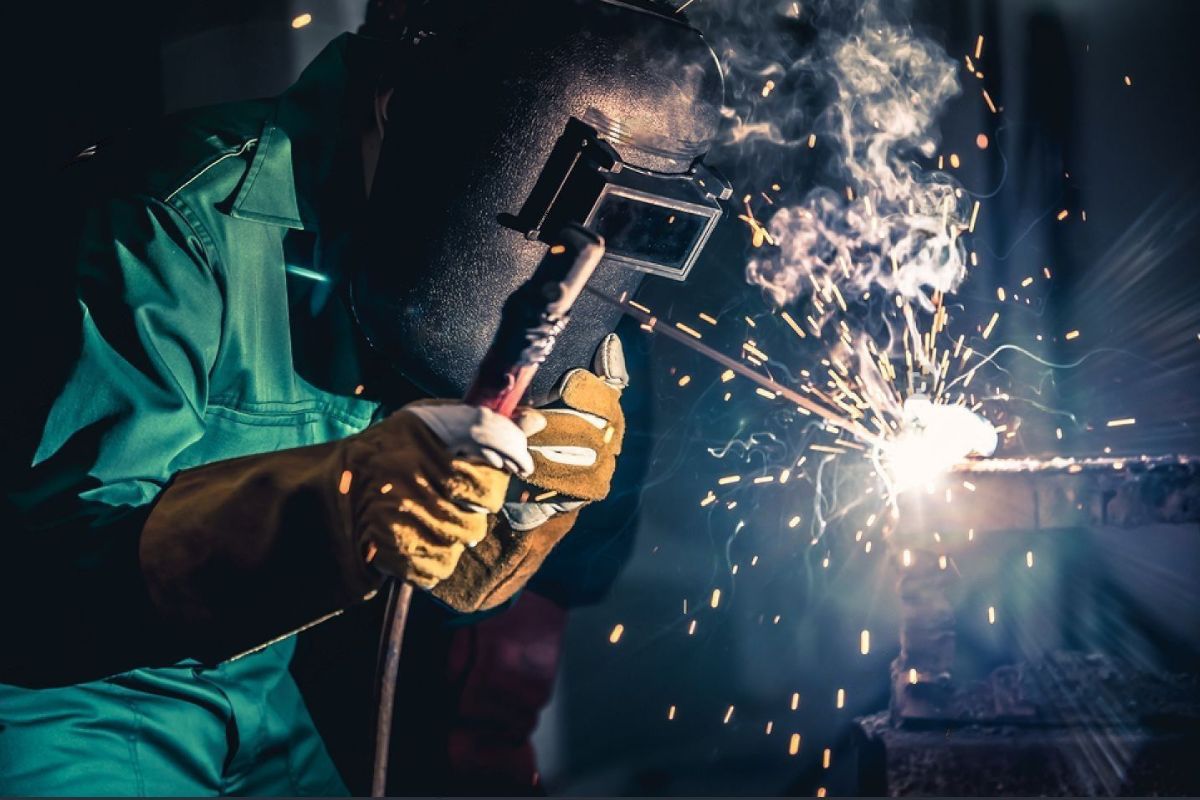The Ultimate Overview to Welding WPS Procedures: An Extensive Overview for Welders
In the elaborate world of welding, Welding Procedure Specifications (WPS) offer as the foundation of guaranteeing top quality, consistency, and safety and security in welding procedures (welding WPS). As we dig into the various parts of a WPS and discover the details of certification and accreditation, we will discover the important function these procedures play in the realm of welding.
Importance of WPS Procedures
Recognizing the relevance of Welding Treatment Requirements (WPS) treatments is crucial for ensuring the top quality and honesty of welded frameworks. WPS treatments work as a roadmap for welders, detailing the essential steps, criteria, and products required to attain an audio weld. By adhering to WPS standards, welders can make sure consistency in their job, resulting in structurally audio and reputable welds.
One of the key reasons why WPS treatments are vital is their role in keeping weld high quality and honesty. Adhering to the specified welding specifications and strategies detailed in the WPS aids stop issues such as porosity, breaking, or incomplete blend, which can jeopardize the strength and durability of the weld.

Components of a WPS
A Welding Procedure Spec (WPS) usually comprises crucial elements that detail the details demands for executing a weld, guaranteeing uniformity and top quality in the welding process. The vital elements of a WPS include crucial variables such as base metals, filler steels, interpass and preheat temperatures, welding procedures, protecting gases, welding positions, and post-weld warm therapy needs.
Base metals describe the products being joined, while filler metals are used to load the void between the base metals throughout welding. Preheat and interpass temperatures are essential for managing the heat input and stopping issues like fracturing or distortion. The welding procedure outlines the particular strategy to be used, whether it's gas steel arc welding (GMAW), shielded metal arc welding (SMAW), or another technique. Securing gases protect the weld pool from atmospheric contamination. Welding positions specify the positionings in which welding can be performed. Post-weld heat treatment may be necessary to alleviate stresses and enhance the weld's residential or commercial properties. A comprehensive understanding of these components is vital for creating a extensive and effective WPS.

Qualification and Certification
Having established the important components of a Welding Procedure Specification (WPS), the emphasis currently changes in the direction of the important aspects of qualification and accreditation in welding methods.

Accreditation, on the other hand, is the formal recognition of a welder's qualifications by an appropriate certification body or organization. Welding accreditations are normally based on the details welding procedures, materials, and settings a welder is certified to deal with. Holding a legitimate welding certification shows that a welder fulfills Visit Your URL sector criteria and is skilled to execute welding tasks to the needed specifications.
Producing a WPS
To develop a Welding Procedure Specification (WPS) that meets sector criteria, mindful factor to consider of welding procedures, materials, and operational criteria is necessary (welding WPS). The initial action in producing a WPS is to recognize the welding process to be used, such as gas steel arc welding (GMAW) or secured metal arc welding (SMAW) Once the welding process is established, the next vital aspect is choosing the suitable products, taking into consideration factors like base metal find more info type, density, and joint design. Operational criteria such as welding current, voltage, traveling speed, and shielding gas composition have to additionally be thoroughly defined in the WPS.

Applying and Checking WPS
Upon wrapping up the thorough Welding Treatment Specification (WPS) that carefully details welding processes, products, operational criteria, and high quality assurance measures, the emphasis shifts to efficiently applying and monitoring the well established treatments. Execution entails making sure that all welders included in the task are acquainted with the WPS and follow it carefully throughout the welding process. Efficient application and monitoring of the WPS click here to find out more are critical for making sure the honesty, toughness, and security of the welded joints, ultimately contributing to the total success of the welding job.
Conclusion
To conclude, understanding and following Welding Treatment Specifications (WPS) is crucial for welders to make sure quality, uniformity, and safety and security in their work. By recognizing the elements of a WPS, getting appropriate certifications and qualifications, producing detailed procedures, and applying and monitoring them efficiently, welders can boost their skills and efficiency in welding techniques. Abiding by WPS procedures is vital for producing top notch welds and meeting market requirements.
In the intricate world of welding, Welding Procedure Requirements (WPS) serve as the foundation of ensuring quality, consistency, and safety and security in welding procedures. The welding procedure lays out the certain strategy to be utilized, whether it's gas metal arc welding (GMAW), protected steel arc welding (SMAW), or an additional technique.To establish a Welding Treatment Specification (WPS) that meets sector criteria, cautious consideration of welding processes, materials, and functional criteria is important. The very first step in developing a WPS is to recognize the welding process to be used, such as gas metal arc welding (GMAW) or shielded steel arc welding (SMAW)Upon wrapping up the extensive Welding Procedure Requirements (WPS) that meticulously details welding processes, materials, operational criteria, and high quality assurance steps, the emphasis changes to successfully implementing and checking the well-known treatments.
Comments on “Advanced Welding WPS: Customizing Specs for Complicated Projects”